 Flowers have a secret signal that’s specially tailored for bees so they know where to collect nectar. And new research has just given us a greater insight into how this signal works.
Flowers have a secret signal that’s specially tailored for bees so they know where to collect nectar. And new research has just given us a greater insight into how this signal works.
 Although most species of plants on Earth have flowers, the evolutionary origin of flowers themselves are shrouded in mystery.
Although most species of plants on Earth have flowers, the evolutionary origin of flowers themselves are shrouded in mystery.
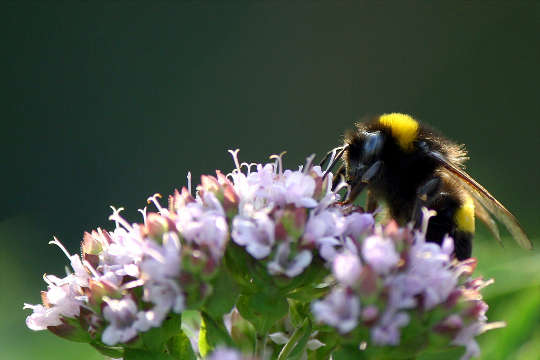 Unlike parsley, sage, rosemary and thyme, marjoram missed out on a role in the classic song Scarborough Fair, made popular in the 1960s by Paul Simon. But it does have a key advantage over most herbs.
Unlike parsley, sage, rosemary and thyme, marjoram missed out on a role in the classic song Scarborough Fair, made popular in the 1960s by Paul Simon. But it does have a key advantage over most herbs.
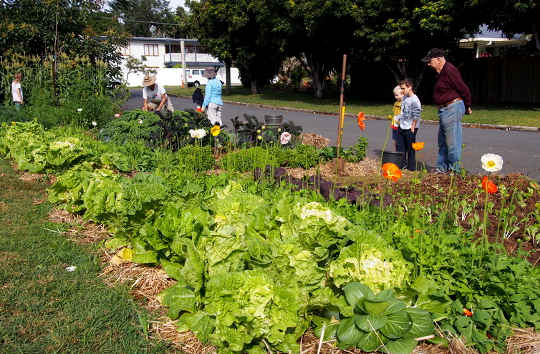 Some local governments are more tolerant than others in allowing residents to grow food where they want.
Some local governments are more tolerant than others in allowing residents to grow food where they want.
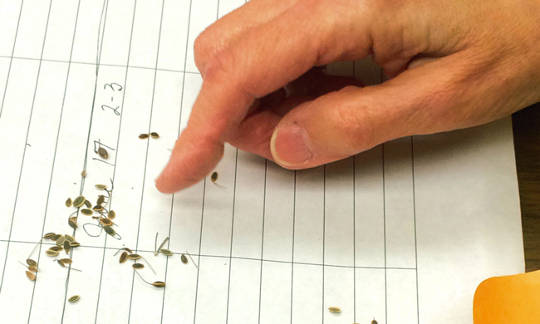 In Norway, a high-tech seed vault flooded from melting permafrost. In Montana, locals keep their seeds in the library.
In Norway, a high-tech seed vault flooded from melting permafrost. In Montana, locals keep their seeds in the library.
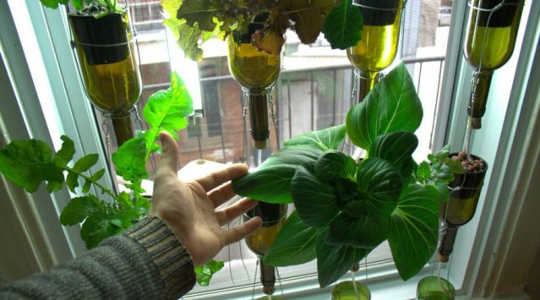 A new device can produce enough food to make one salad per week for an entire year—and do it inside an apartment.
A new device can produce enough food to make one salad per week for an entire year—and do it inside an apartment.
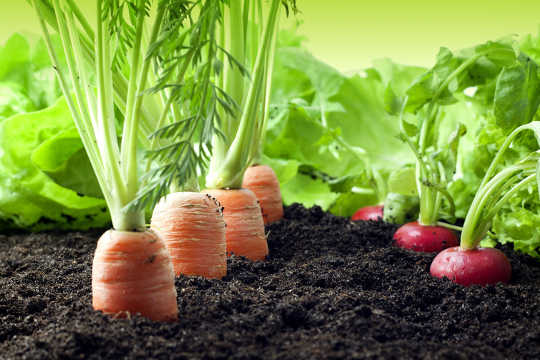
The next time you bite into an apple, spare a thought for the soils that helped to produce it. Soils play a vital role, not just in an apple’s growth, but in our own health too. ![]()
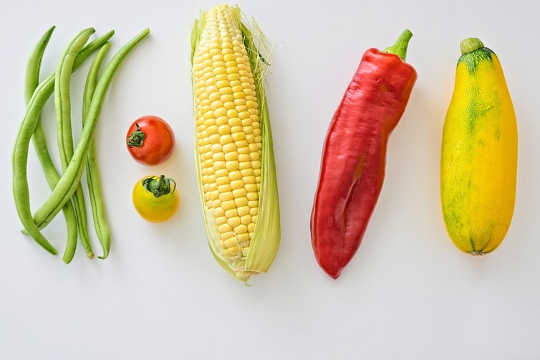
Is organic agriculture the solution to our global food system challenges?
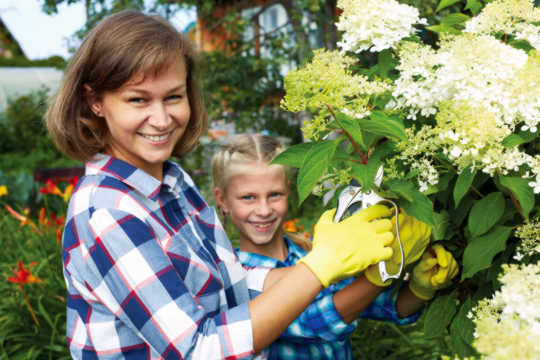 Since 1880, the average global temperature has increased by 0.8°?, with large changes in rainfall redistribution.
Since 1880, the average global temperature has increased by 0.8°?, with large changes in rainfall redistribution.
 Urban agriculture, the cultivation of crops and animals in an urban environment, is known to increase access to healthy food.
Urban agriculture, the cultivation of crops and animals in an urban environment, is known to increase access to healthy food.
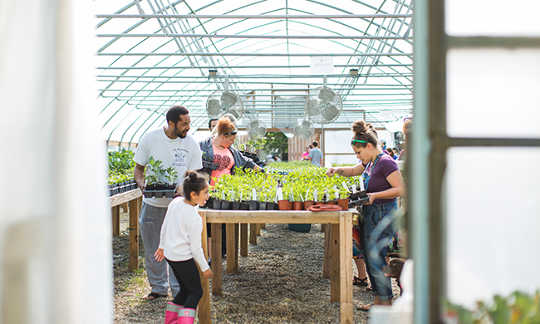 In the heat zone of Louisville, Kentucky, 170 residents have been trained as “citizen foresters.”
In the heat zone of Louisville, Kentucky, 170 residents have been trained as “citizen foresters.”
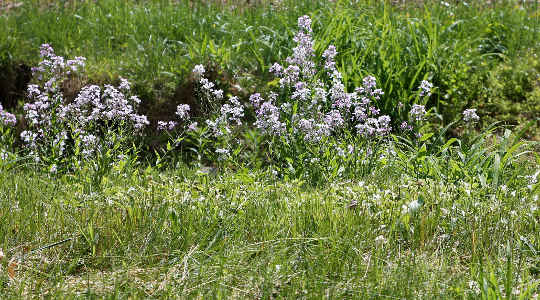 Farmers looking to reduce reliance on pesticides, herbicides, and other pest management tools may want to heed the advice of agricultural scientists: Let nature be nature—to a degree.
Farmers looking to reduce reliance on pesticides, herbicides, and other pest management tools may want to heed the advice of agricultural scientists: Let nature be nature—to a degree.
- By Ken Roseboro
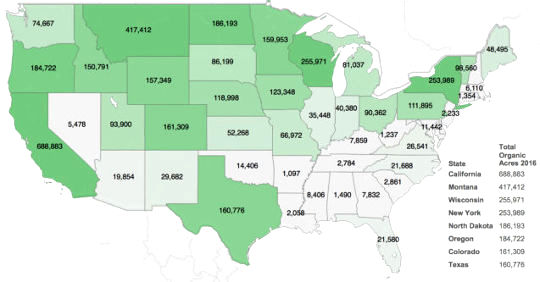 A new report has found that U.S. land for organic farming reached 4.1 million acres in 2016, a new record and an 11 percent increase compared to 2014.
A new report has found that U.S. land for organic farming reached 4.1 million acres in 2016, a new record and an 11 percent increase compared to 2014.
 During the devastating floods that hit Queensland in 2011, Brisbane and regional centres came perilously close to running out of fresh food.
During the devastating floods that hit Queensland in 2011, Brisbane and regional centres came perilously close to running out of fresh food.
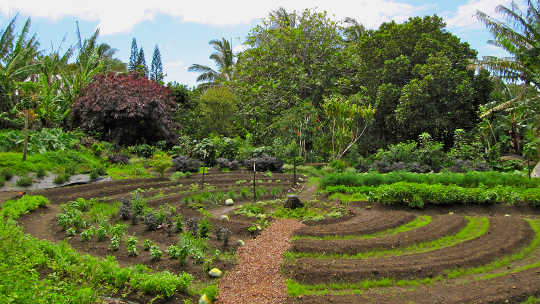 It is with great sadness that I acknowledge the passing of Bill Mollison on Saturday, September 24 (1928-2016). He was one of the true pioneers of the modern environmental movement, not just in Australia but globally.
It is with great sadness that I acknowledge the passing of Bill Mollison on Saturday, September 24 (1928-2016). He was one of the true pioneers of the modern environmental movement, not just in Australia but globally.
 As the weather warms and days lengthen, your attention may be turning to that forgotten patch of your backyard. This week we’ve asked our experts to share the science behind gardening. So grab a trowel and your green thumbs, and dig in.
As the weather warms and days lengthen, your attention may be turning to that forgotten patch of your backyard. This week we’ve asked our experts to share the science behind gardening. So grab a trowel and your green thumbs, and dig in.
 It’s back-to-school time in the United States, and for countless children across the nation, it’s also time to get back into the school garden.
It’s back-to-school time in the United States, and for countless children across the nation, it’s also time to get back into the school garden.
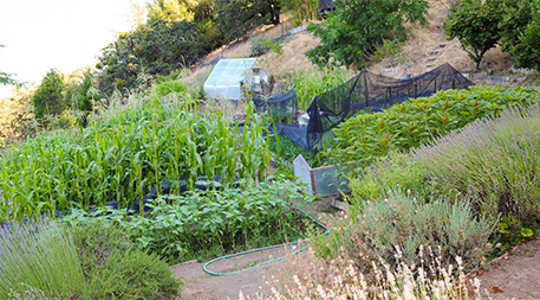 Tiny, biointensive operations show smallholder farmers from around the world how they can grow far more food than conventional approaches.
Tiny, biointensive operations show smallholder farmers from around the world how they can grow far more food than conventional approaches.
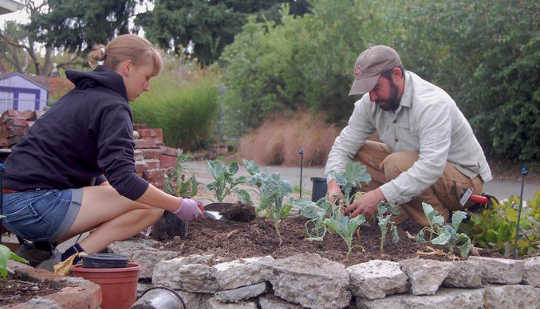 On a recent Monday evening in Seattle’s Central District, a handful of people gathered to work on a community farm. They pulled weeds, talked about the best ways to string up tomatoes, checked the progress of the greens and beans, harvested radishes and planted wildflowers.
On a recent Monday evening in Seattle’s Central District, a handful of people gathered to work on a community farm. They pulled weeds, talked about the best ways to string up tomatoes, checked the progress of the greens and beans, harvested radishes and planted wildflowers.
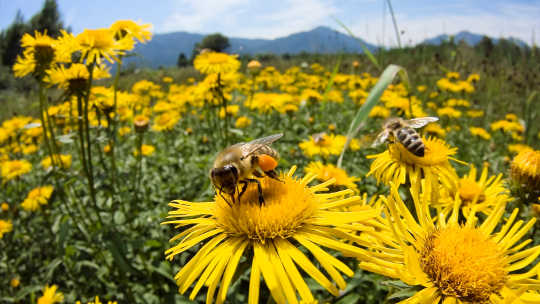 Bees provide us with an invaluable service by pollinating plants, an indispensable part of natural and agricultural ecosystems. This is why declining bee populations are such a big concern.
Bees provide us with an invaluable service by pollinating plants, an indispensable part of natural and agricultural ecosystems. This is why declining bee populations are such a big concern.
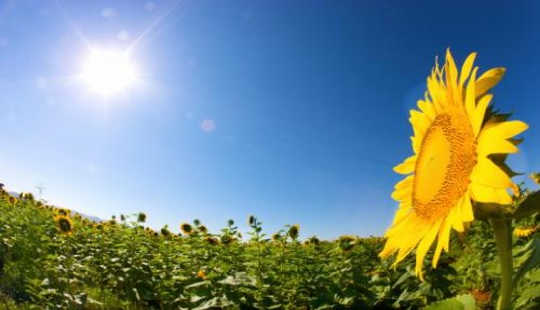 Plant biologists have discovered how sunflowers use their internal circadian clock, acting on growth hormones, to follow the sun during the day as they grow.
Plant biologists have discovered how sunflowers use their internal circadian clock, acting on growth hormones, to follow the sun during the day as they grow.
 The one fact about plants that most people probably remember from school is that they use sunlight to make their own food. That process, photosynthesis, means that plants are dependent on sunlight.
The one fact about plants that most people probably remember from school is that they use sunlight to make their own food. That process, photosynthesis, means that plants are dependent on sunlight.
 These herbs aren't just for cooking—here's how you can use them to treat ailments from asthma to anxiety.
These herbs aren't just for cooking—here's how you can use them to treat ailments from asthma to anxiety.















